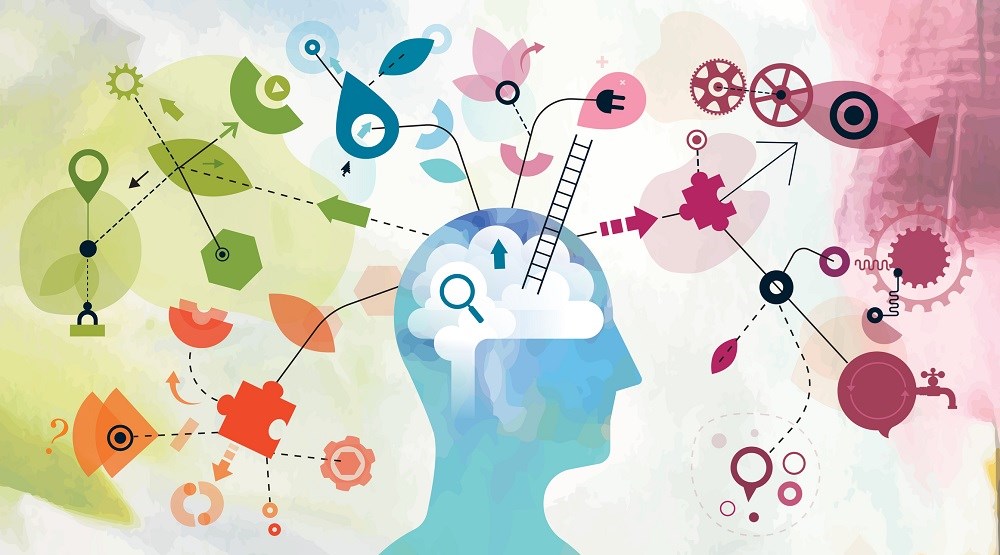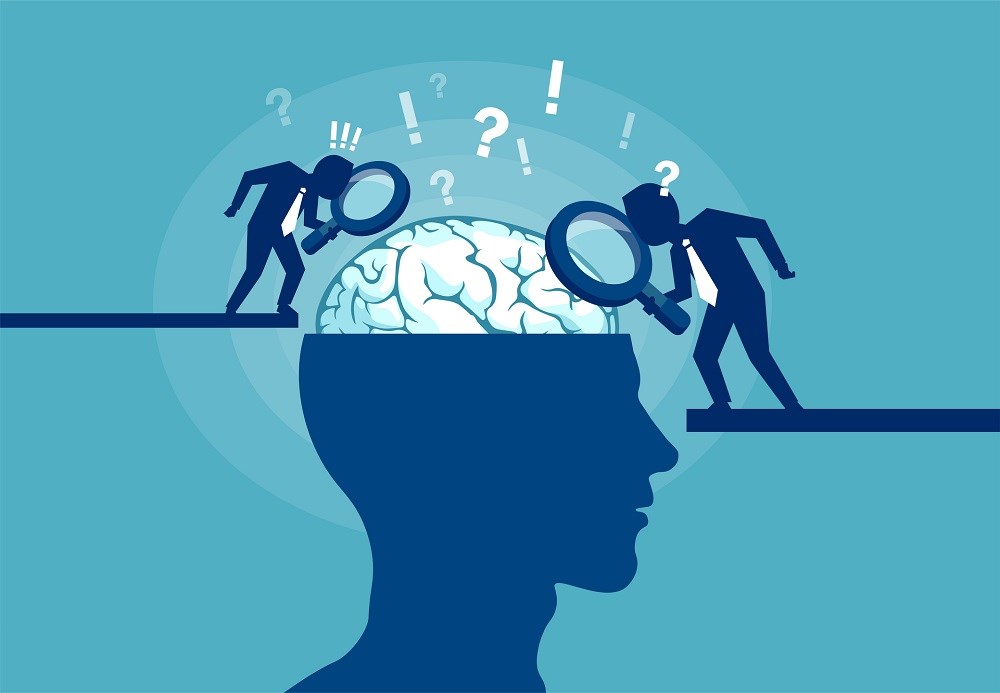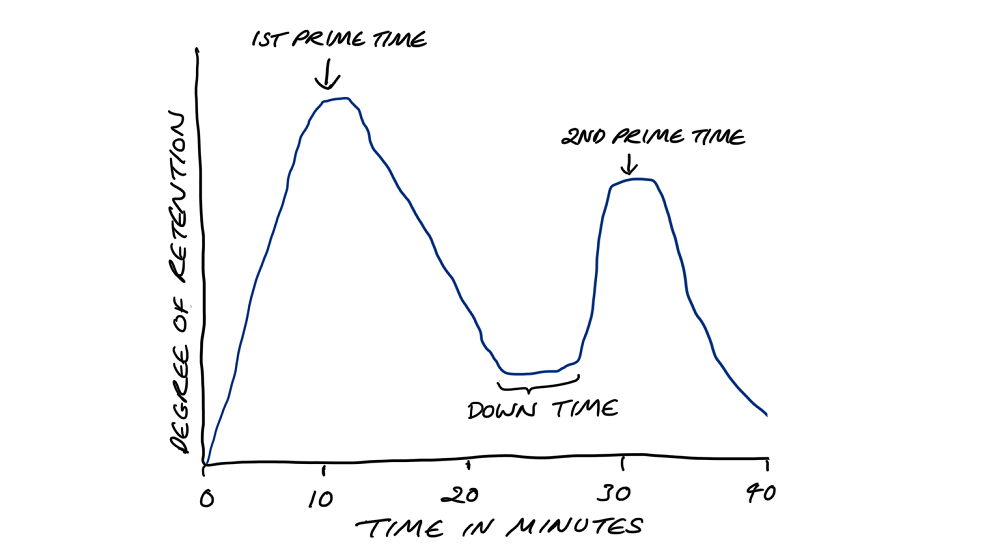Memory overload from teaching and learning in our new normal
Memory is an extremely important cognitive faculty because it forms the basis for learning. If there were no way of mentally storing representations of the past, we would not have a solution to take advantage of experience. Memory involves a complex mechanism that encompasses the archiving and retrieval of experiences and is therefore closely associated with learning. Learning in turn can be defined as the ability to change our behaviour through the experiences that have been stored in memory. In other words, learning is the acquisition of new knowledge and memory is the retention of that learned knowledge.
‘A memory starts off as a distinctive pattern of brain activity that represents some sensory experience combined with other contextual information available at the time like mood state personal history which will help to determine why the experience is meaningful.’ (Dingman, 2019: 39).

The part of your brain responsible for processing memory is the hippocampus. Long-term information is thought to be stored away in different areas of the cerebral cortex, or the ‘grey matter’ of the brain – the largest, outermost part of the brain.
Types of memory
There are a number of types of memory – just think of the difference between memorizing family members' birthdays versus learning to ride a bike. The various things we learn and remember are not always processed by the same neural mechanism. Memory is not located in an isolated structure in the brain; it is a biological and psychological phenomenon involving an alliance of brain systems that work together.

- Short-term memory
You’ve just heard the phone dictated by someone, but in a few seconds, you are unable to remember part or all of those numbers. Why? It is because this memory is temporary and limited in its capacity, being stored for a very short time in the brain from milliseconds to a few minutes. This is short-term memory. - Long-term memory
This type of memory is responsible for storing all the knowledge a person holds. The access time for retrieving information compared to other types of memory is much longer. It can last for days, weeks or even years. Consolidation is the process of storing new information in that memory. - Declarative or non-declarative?
Declarative or explicit memory is the one we use for facts and events. For example, remembering dates, historical facts, telephone numbers. It brings together everything we can evoke through words (hence the term declarative).
Non-declarative memory differs from the explicit one (declarative) because it does not need to be verbalized (declared). It is the memory for procedures and skills, for example, the ability to drive, play ball, tie the shoelace. There are four subtypes of non-declarative memory: - Priming (or memory of perceptual representation) – is memory acquired and evoked by means of ‘tips’ which corresponds to the image of an event, preliminary to the understanding of what it means. An object, for example, can be retained in this type of implicit memory before we know what it is, what it is for, etc. It is considered that memory can be evoked by means of ‘tips’ (fragments of an image, the first word of a poetry, certain gestures, odors or sounds).
- Procedural – refers to skills and habits we have memorized subconsciously. We know the movements necessary to swim or drive a car without having to describe it verbally.
- Associative and Non-Associative – these last two types of memory are strictly related to some form of response or behaviour. We use associative memory, for example, when we begin to salivate simply by looking at an appetizing food, for having its aspect or smell become associated with food at some point in our life. On the other hand, we use non-associative memory when, without realising it, we learn that a repetitive stimulus, for example, a dog's bark, does not pose risks, which makes us relax and ignore it.
Memory and learning
In a learning episode, we tend to remember best what comes first, and remember second best that what comes last. We tend to remember least what comes just past the middle of the episode. This is not a new discovery as Ebbinghaus published the first studies on this phenomenon in the 1880s.
As a result of such studies the term Primacy/Regency Effect was coined. The Primacy/Recency Effect is the observation that information presented at the beginning (Primacy) and end (Recency) of a learning episode tends to be retained better than information presented in the middle, as illustrated by the diagram below.

New information or skills should be taught first, during the first prime-time peak, since it is most likely to be remembered. Keep in mind that the students will remember almost any information coming forth at this time. Based on the Primacy/Recency Effect, we can reconsider the role and when we do the ‘warmer’ by perhaps leaving it to the middle of the class. New content can be taught and should be followed by practice or review during the downtime trough. At this point, the information is no longer new, and the practice helps the learner organize it for further processing. Lastly, the second prime-time peak is the ideal time to bring the lesson to a close, to recap what’s been taught or to make sense of the information or skills taught earlier, as learners are once again primed to take in information, though to a lesser degree than the first peak.
Practical tips for the classroom
If the short-term memory is overloaded, the information it is receiving is more likely to get lost, so:
- avoid overloading students with too much information or visuals,
- make key information easy to find,
- break activities into small tasks,
- give clear and short instructions – if possible, also have them written on the board,
- always try to relate new content to previous knowledge.
Note that distracted or angry behavior is usually a sign of overloading so if it occurs, it might be worth stopping to give them a moment to process. Also consider:
- using visual and verbal information together as they are separate systems and are consequently less of a load to process;
- creating a comfortable environment so students are not tense, anxious or nervous;
- helping learners to understand that they do not need to remember everything, they need to focus on what is the most important – this is especially relevant when teaching listening and reading.
Lastly, it’s worth taking a look at Making it memorable – an English Teaching professional article by Ana Leiguarda full of suggestions on how to take advantage of the best of memory.
‘The brain is our tool for learning and that the more we learn about it, the better we will be able to facilitate our students’ learning. Games, problem-solving and other activities which activate different aspects of memory should be used as a central strategy in learning and not just for fun. If students can easily and effectively process what they are taught in class, and if their memory [is] accessed through a variety of appealing activities, it is very likely that their language learning ability will improve.’ (Leiguarda, 2001)
Try and apply these same strategies to your own teaching and learning if you can, whether it’s working out how to do that next communicative activity via a Zoom breakout room, investigating how best to do hybrid learning and what adjustments you might need to make to keep your lessons interactive and fun with social distancing and so on. Does your memory improve as a result?
What do you do to help students use their memory in the best way, and perhaps use yourself? Please share your tips in the comments.
References
Dingman, M. (2019). Your brain, explained: what neuroscience reveals about your brain and its quirks. Nicholas Brealey Publishing, Hachette Book Group; New York, America.

Comments
Write a Comment
Comment Submitted